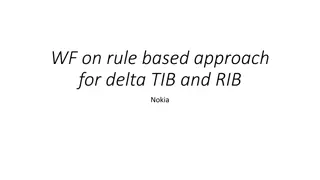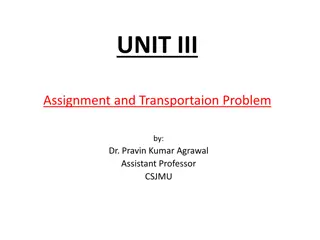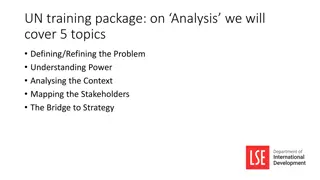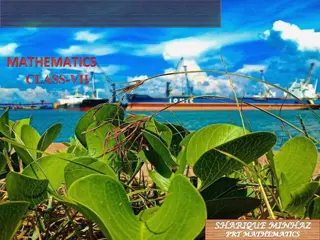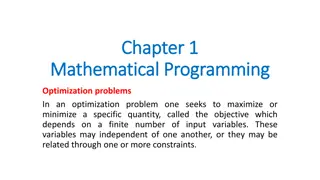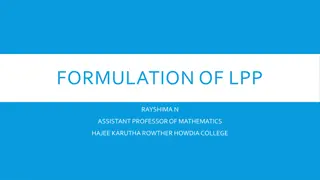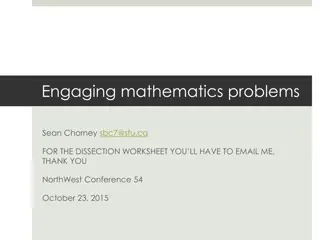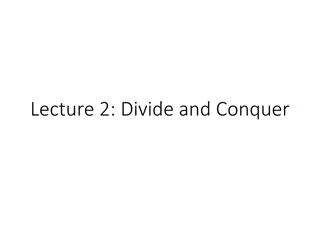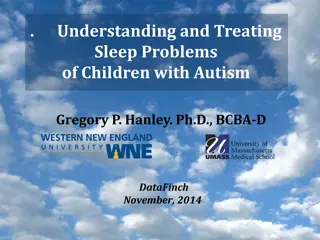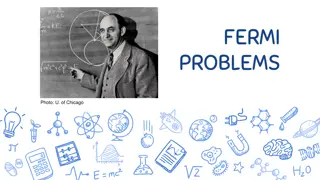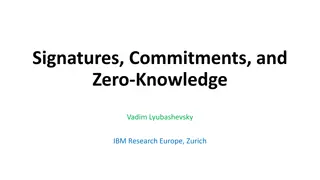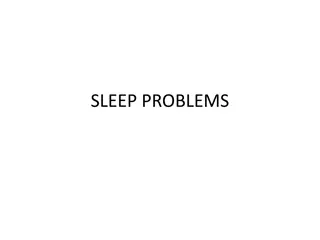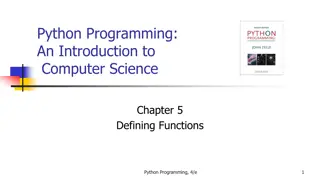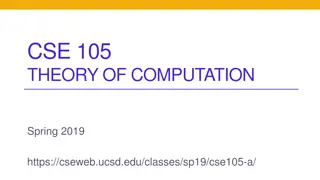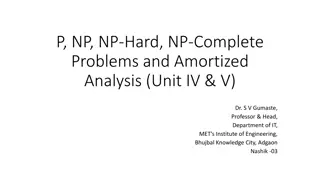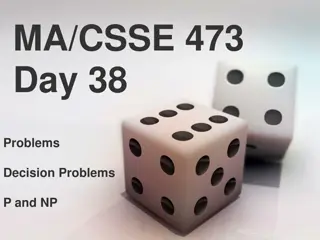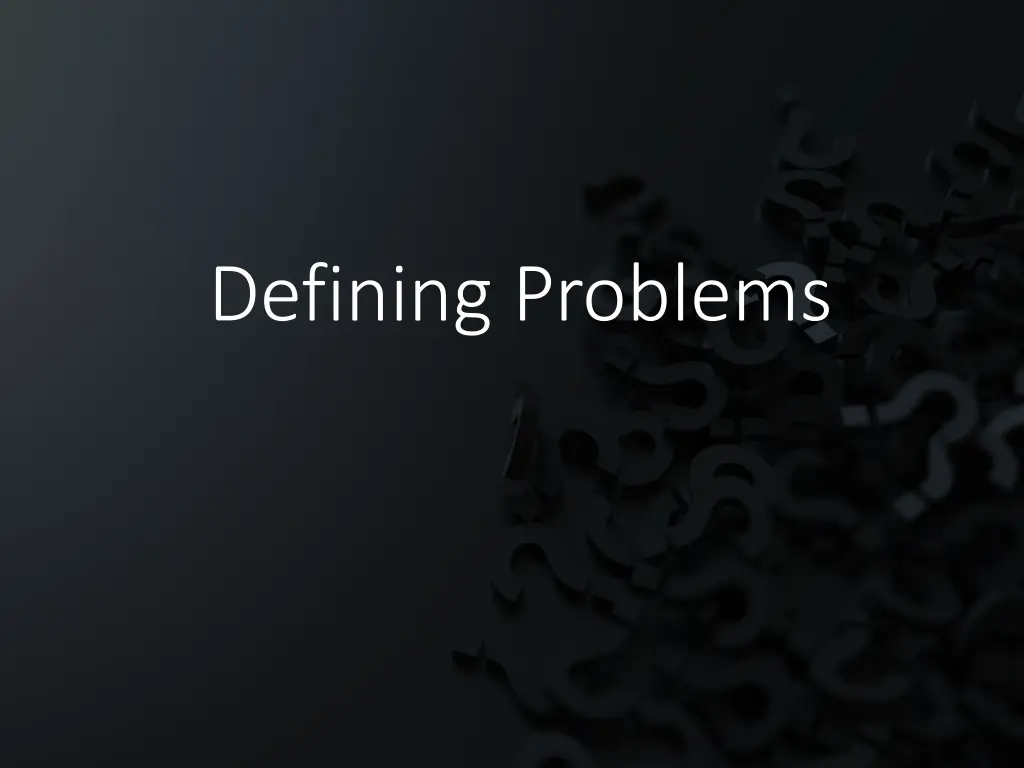
Enhancing Creativity Through Problem Solving Strategies
Explore the concept of problem-solving and creativity, uncovering key outcomes and barriers, delving into the rational model of problem-solving, and understanding the process of generating new ideas. Discover how to remove blocks to creativity and foster innovation in problem-solving.
Download Presentation

Please find below an Image/Link to download the presentation.
The content on the website is provided AS IS for your information and personal use only. It may not be sold, licensed, or shared on other websites without obtaining consent from the author. If you encounter any issues during the download, it is possible that the publisher has removed the file from their server.
You are allowed to download the files provided on this website for personal or commercial use, subject to the condition that they are used lawfully. All files are the property of their respective owners.
The content on the website is provided AS IS for your information and personal use only. It may not be sold, licensed, or shared on other websites without obtaining consent from the author.
E N D
Presentation Transcript
Some Key Outcomes To identify and remove blocks to creativity in solving problems To become aware of ways to foster creativity among others
Creativity GENERATION OF NEW IDEAS THE PROCESS OF ASSOCIATING KNOWN THINGS OR IDEAS INTO NEW COMBINATIONS AND RELATIONSHIPS CREATIVE VS. CRITICAL THINKING
Cultural Negative value on reflection and fantasy Children should play, adults should be serious Problem solving is serious, thus humor is out of place Feeling and intuition are illogical and impractical Barriers to Creative Thinking
The Rational Model of Problem Solving STEPS CHARACTERISTICS 1. Define the problem. Differentiate fact from opinion. Specify underlying causes. Tap everyone involved for information. State the problem explicitly. Identify what standard is violated. Determine whose problem it is. Avoid stating the problem as a disguised solution.
The Rational Model of Problem Solving STEPS CHARACTERISTICS Postpone evaluating alternatives. 2. Generate alternative solutions. Be sure all involved individuals generate alternatives. Specify alternatives that are consistent with goals. Specify both short-term and long-term alternatives. Build on others ideas. Specify alternatives that solve the problem.
The Rational Model of Problem Solving STEPS CHARACTERISTICS Evaluate relative to an optimal standard. 3. Evaluate and select an alternative. Evaluate systematically. Evaluate relative to goals. Evaluate main effects and side effects. State the selected alternative explicitly.
The Rational Model of Problem Solving STEPS CHARACTERISTICS Implement at the proper time and in the right sequence. 4. Implement and follow up on the solution. Provide opportunities for feedback. Engender acceptance of those who are affected. Establish an ongoing monitoring system. Evaluate based on problem solution.
Rational Problem-Solving Model Constraints STEPS CHARACTERISTICS There is seldom consensus as to the definition of the problem. 1. Define the problem. There is often uncertainty as to whose definition will be accepted. Problems are usually defined in terms of the solutions already possessed.
Rational Problem-Solving Model Constraints STEPS CHARACTERISTICS Solution alternatives are usually evaluated one at a time as they are proposed. 2. Generate alternative solutions. Few of the possible alternatives are usually known. The first acceptable solution is usually accepted. Alternatives are based on what was successful in the past.
Rational Problem-Solving Model Constraints STEPS CHARACTERISTICS Limited information about each alternative is usually available. 3. Evaluate and select an alternative. Search for information occurs close to home in easily accessible places. The type of information available is constrained by factors such as primacy versus recency, extremity versus centrality, expected versus surprising, and correlation versus causation.
Rational Problem-Solving Model Constraints STEPS CHARACTERISTICS Gathering information on each alternative is costly. 3. Evaluate and select an alternative (continued). Preferences of which is the best alternative are not always known. Satisfactory solutions, not optimal ones, are usually accepted. Solutions are often selected by oversight or default. Solutions often are implemented before the problem is defined.
Rational Problem-Solving Model Constraints STEPS CHARACTERISTICS Acceptance of the solution by others is not always forthcoming. 4. Implement and follow up on the solution. Resistance to change is a universal phenomenon. It is not always clear what part of the solution should be monitored or measured in follow-up. Political and organizational processes must be managed in any implementation effort. It may take a long time to implement a solution.
Conceptual Blocks that Inhibit Creative Problem Solving
Conceptual Blocks that Inhibit Creative Problem Solving
Block Busting through Creativity Block Busting through Creativity
Make the strange familiar, and the familiar strange, by using analogies: What does this remind me of? What does this make me feel like? What is this similar to? What isn t this similar to? Improving Problem Definition Hints: Include action or motion in the analogy Include things that can be visualized Pick familiar events and situations Try to relate things that are not obviously similar
Elaborate on the definition Is there anything else? Is the reverse true? Is there a more general problem? Can it be stated differently? Who sees it differently? What past experience was this like? Improving Problem Definition Reverse the definition Turn the problem upside down, inside out, or back to front.
Apply at least two (2) improving problem definition techniques to Assignment 1: Defining Problems

